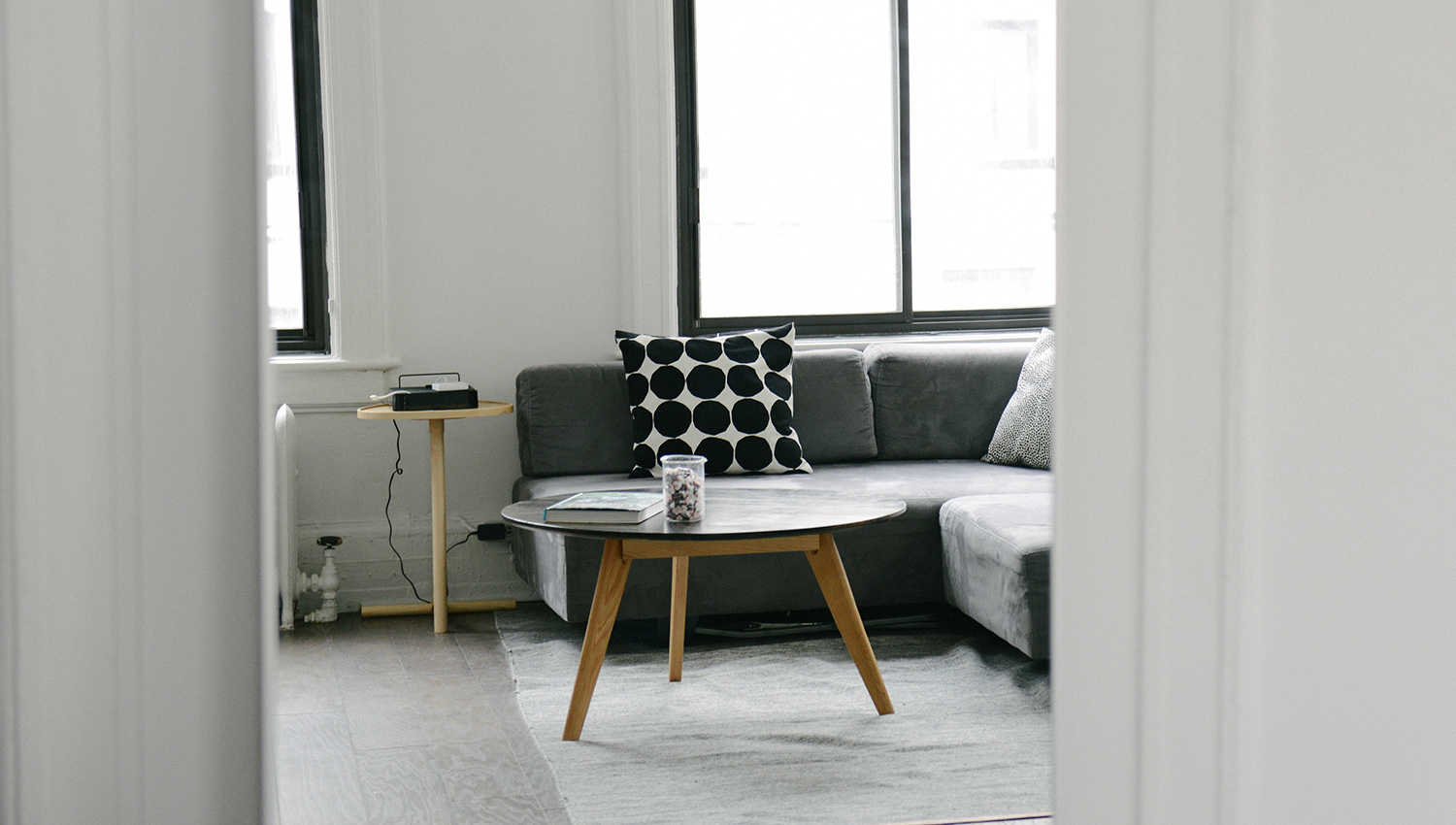Winter can be a bad time for the electricity bill. Throw in more days working from home after COVID-19, and many people’s electricity bill is likely to spike in 2020. As the nights get colder, and as people spend more time at home, it’s all too easy to switch on the central heating, set up the room heaters, and plug in the electric blankets – only to get a nasty shock when the energy bill comes around.
Fortunately, there are many ways to heat your home without electricity. As an experienced Sydney electrician, here are my tips for staying warm this winter.
Embrace insulation
The first step to getting warm without using electricity is stopping those chilly winter draughts in their tracks. As the most cost-effective way to prevent the loss of heat in winter, insulation is key to lessening your family’s reliance on your heating system. In fact without effective insulation, up to half the energy we use in heating our household can be lost.
Because heat rises, it’s especially important to make sure the ceiling is well insulated. You should also seal any cracks or gaps around window frames and doors in order to retain heat and prevent draughts. Wall insulation is essential too and can be retrofitted if your home’s current insulation isn’t up to the task.
Insulating the water pipes inside your walls, externally exposed pipes, and the water tank is important during building or renovations. These measures can dramatically reduce standby heat losses, making your home far more energy-friendly.
Rug up
Don’t neglect the floorboards, either. Carpet floors are a blessing on those chilly winter mornings, and not only for warming cold, bare feet – they also create an additional layer of installation on hard floors, trapping the heat inside.
The principle of rugging up goes for our bodies as well. With the modern convenience of electricity at our fingertips, it’s all too easy to forget that the simplest, cheapest way to keep warm in winter is to simply add more layers. If you’re the only one home, throw on a warm jumper or blanket rather than switching on central heating which would waste energy by warming unoccupied rooms of the house.
Better daily habits
Adopting better, less wasteful habits can add up in the long run. For starters, open all the curtains in your home during daylight hours to make the most of sunlight’s natural warmth, and close them at sunset.
Think carefully about how best to heat the rooms in your house. Use appropriately-sized heaters for each room and consider where to place them, and the surrounding furniture, in order to maximise heat and deflect any draughts. Positioning heaters near windows, for instance, means heat will be lost.
Remember to close the doors of any rooms you’re not using to prevent heat from escaping, and of course switch off any heating at night time or when you leave the house. Electric blankets can be easily replaced with cheaper hot water bottles.
Some other handy hacks to know include showering with the shower door open and air drying some of your laundry inside – it may seem counterintuitive, but in fact this can increase the humidity of the room, removing the need for heaters there.
Heat Less Rooms
It is a big temptation when working from home to heat your whole house. As you will spend most of your time in one place, wherever your home office is set up, heating just the office can lead to significant heating savings.
Temperature tips
In the average Australian home, heating and cooling represent the largest single energy expense, taking up 40% of household energy use.
If you don’t already have one, a programmable thermostat can help reduce your electricity usage – and costs – by maintaining a steady temperature. In winter, try to maintain the optimum temperature of 18 to 20 degrees; remember that every degree above this threshold can add 10% to your heating bill.
Make your home more energy-efficient
Even beyond heating systems, one of the key ways of keeping the electricity costs down is making sure your home in general is more energy-efficient.
Wherever possible, opt for newer appliances with good energy ratings. Turn off and remove your appliances from the powerpoints once you’ve finished using them to prevent standby electricity usage. Consider options like LED lights to help cut costs in the long run. Find out how much you could be saving using our handy LED calculator.
If you want to learn more about cost-effective, energy-efficient ways to warm your home this winter, give us a call today.

